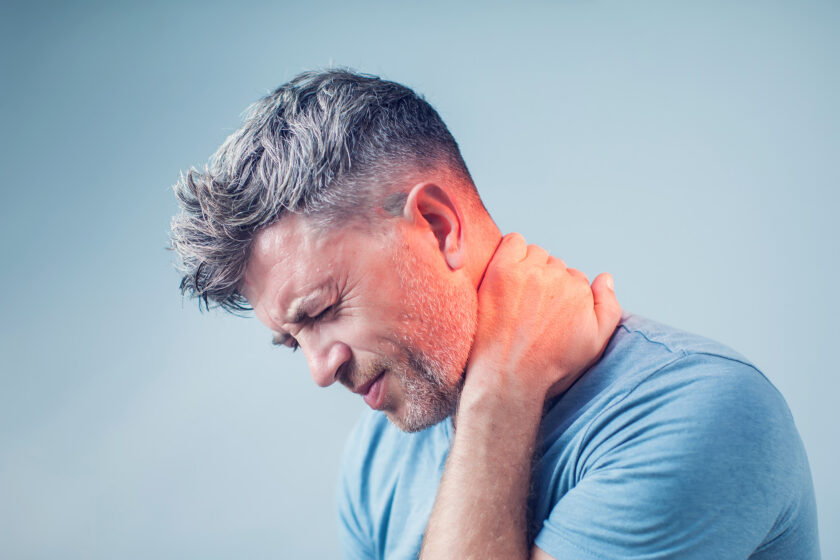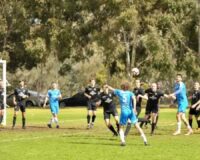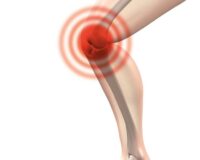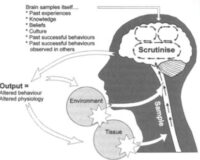
Neck Headaches
After the success of our Open Day at Therapia, and presentation on Cervicogenic Headaches, I thought it would be good to follow up with information on our blog. For those people who were there for the presentation this will be a good consolidation of information, and for those people who weren’t able to make it, I hope this blog will be helpful in diagnosing different headaches and learning about how we can help them!
Cervicogenic headaches are headaches that are caused by issues of the cervical spine, which is the anatomical name for the neck. Even though the ache is felt in the head, it is actually referred from a source in the neck – specifically the upper neck.
Anatomy
The neck is comprised of 7 vertebrae stacked upon each other. These vertebrae have small discs in between, which are much smaller and more flimsy than in the lower back, and there are facet joints that join the vertebrae along both sides. Nerves exit from between the vertebrae at each level – as a general finding, the upper 3 nerves supply the head (upwards), while the lower 4 nerves supply the shoulder blade and shoulder and upper limb (downwards).
There are also many muscle attachments around the neck. You may recognise a few of the neck muscles that can especially cause pain and dysfunction: the upper trapezius (which attaches to the base of the skull, and travels out towards the shoulder), the levator scapula (which attaches to the upper vertebrae and shoulder blade), and the scalenes (which attach to the upper vertebrae and travel down the sides of the neck towards the ribs at the front). Trigger points from these muscles will also refer up towards the head.
Different Types of Headaches
According to statistics, headaches will affect 2/3 of the global population, at some point in their lives. There are several types of headache that commonly present for physiotherapy; tension headache, sinus headache, migraine, and cervicogenic headache, and information on these headaches will follow:
1) Tension headache
This type is usually described as a constant ache or pressure around the head and temples. They are also called stress headaches, and usually become present during times of acute stress. This can be physical or psychological stress, or can also relate to the “stress” of the muscles, in particular the upper trapezius and levator scapula, which can radiate pain to the head when they become tight and overused.
As well as finding ways to limit the causative stress, physiotherapy can be helpful for this type of headache, with treatments aimed at the soft tissue structures (soft tissue massage and trigger point release, cervical spine mobilisations, dry needling and exercise). In addition, someone may need postural advice and exercises to improve posture to limit their headache returning.
2) Sinus Headaches
These occur when sinuses become inflamed, and can be associated with a fever (or other signs of infection such as fatigue and cold shivers). They can feel like a pain and pressure around the eyes, ears, forehead and across the cheeks (all around the sinus areas), and people can complain of feeling like their face is swollen.
For these headaches, the GP the best person to see, and antibiotics may be required. Physiotherapy can be helpful with some gentle massage techniques around the face and sinuses.
3) Migraine
These are usually the most significant type of headache. Sufferers will usually have an immediate family member who also suffers from migraines. Along with this, other specific criteria for a diagnosis of migraine are:
At least 5 previous episodes of headaches
Lasting between 4-72 hours
At least 2 out of these: one-sided pain, throbbing pain, moderate-to-severe pain, and pain that interferes with normal activities or becomes worsened with them
At least 1 associated feature of nausea, vomiting, sensitivity to light and sound
Unfortunately, physiotherapy can only provide short-term relief from migraines – they really need to run their course. As you may know, there are certain medications to prevent these from recurring or progressing, and your GP will know more about these.
This brings us to the main type of headache that we see:
4) Cervicogenic Headache
These are caused by some dysfunction of the neck and surrounding muscles. It may present as a pain, ache or tension in the neck, forehead and around the temples. Pain tends to be worse with sustained postures (especially sitting). The person may also experience lightheaded or dizzy feelings, and ringing in the ear (these symptoms often mean that someone is incorrectly diagnosed with having a migraine). If the person feels neck pain, it is usually on the same side as the headache. In many cases, however, people may not realise that they also have underlying neck pain as their head pain is more prominent.
For our physical assessment, the key finding for neck headaches is an associated neck pain or stiffness. Usually there will be significant muscle tightness, particularly through the upper trapezius, levator scapula and scalenes. There will also be associated reduction in range of motion (ROM) of the neck, especially with rotation, or combined cervical flexion/rotation. Generally, the upper 3 facet joints, usually on the same side as the headache will be stiff and sore on palpation. Pain will depend on which structures are involved.
Another area that is generally stiff & tight, and can often be considered as the root of the headache, is the thoracic spine, or mid-back. This is the base that the neck sits on, so any tightness, or poor posture changes here can affect the function of the cervical spine. For example, poor posture may lead to a forward head posture, which can lead to pinching of the upper part of the neck – and problems from there. (More information can be found on our previous blog on Thoracic Kyphosis).
Treatment for a neck headache generally includes hands-on techniques such as soft tissue massage, mobilisation of stiff facet joints, acupuncture or dry needling, stretching of tight muscles, traction for the upper cervical spine, neural stretching, and thoracic mobilisation and manipulation. Other very important aspects of treatment include postural education, workplace & ergonomic assessment, and stress/tension management.
A home exercise program, based on exercises to improve neck function and reduce any tightness or stiffness, is also a very important part of recovery. Some common exercises include:
Upper Trapezius/Levator Scapulae Stretch
For stretching the upper trapezius and levator scapulae muscles
- Sit on hand
- Tilt head to opposite side
- Turn head to opposite shoulder
- Hold for 10 seconds
- Repeat every hour
Prone Scapula Setting (with Arm Lift)
For strengthening the lower trapezius muscles
- Lie on stomach, with small pillow under forehead
- Keep hands on floor & pull shoulder blades down the back & in towards each other
- Now lift the hands off the floor, while keeping the shoulder blades still
- Lower hands, then lower shoulder blades
- Perform 10 times
Thoracic Extension with Roller
For improving strength and mobility of the upper thoracic region
- Start lying on stomach, hands over roller
- Slowly lift head & upper back off floor, while rolling the roller towards you
- Keep shoulders relaxed
- Slowly lower back down
- Repeat 10 times
Please be aware that these exercises should only be performed to a comfortable level, and they should not be painful. If you have any concerns, please contact us immediately.
Pilates can also be a fantastic tool to help prevent these headaches, especially the equipment as they will include exercises that are less weight-bearing, and more directed. Often, when someone comes in to see us for Pilates and has a history of neck headaches, we will commence them on a gentle program to improve posture, reduce muscle tension and correct any muscle imbalances in the upper body (particularly those involving the interplay of overactive upper trapezius and weakened lower trapezius).
Finally…
There are many treatment options that we have to help someone suffering from a Cervicogenic Headache, and usually get results within 1 session. If you would like to know more information on headaches, or you would like to book in for an appointment, please contact us on (08) 8221 5011, or email us at info@therapia.com.au.
Book Appointment




